Submitted by WA Contents
Beyti Beytak at Qatar Pavilion will explore the different forms of hospitality in Venice Biennale
Qatar Architecture News - Apr 02, 2025 - 05:17 7033 views

The Qatar Pavilion has revealed details about its exhibition at the 2025 Venice Architecture Biennale. Set as a two-part exhibition at the 19th International Architecture Exhibition, the exhibition explores the ways in which modern and contemporary architecture meets community needs while reinterpreting the concept of belonging.
The exhibition, titled Beyti Beytak. My Home is Your Home. La mia casa è la tua casa, investigates the embodiment of hospitality in the architecture and urban landscapes of the Middle East, North Africa, and South Asia (MENASA).
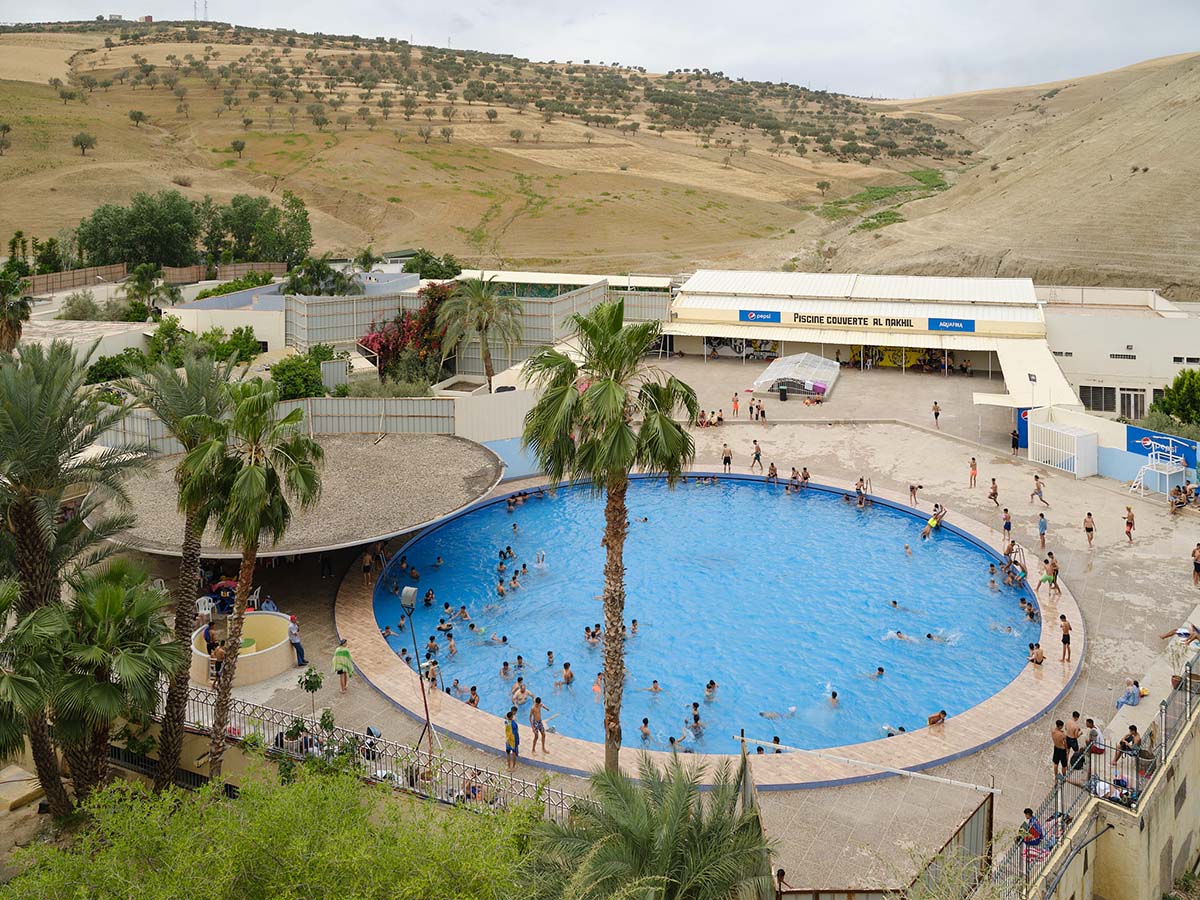
Aziza Chaouni, Sidi Harazem Bath Complex Rehabilitation, 2019–ongoing. Image © Aziza Chaouni. Photography by Youness Bounhar
Beyti Beytak is created by Qatar Museums and coordinated by the upcoming Art Mill Museum, including an installation in the Giardini della Biennale and a display at the ACP-Palazzo Franchetti. Qatar officially participates for the first time in the 19th International Architecture Exhibition.
With the backing of ACP Art Capital Partners, the presentation at the ACP-Palazzo Franchetti is arranged. The exhibition of Beyti Beytak will take place from May 10 to November 23, 2025.
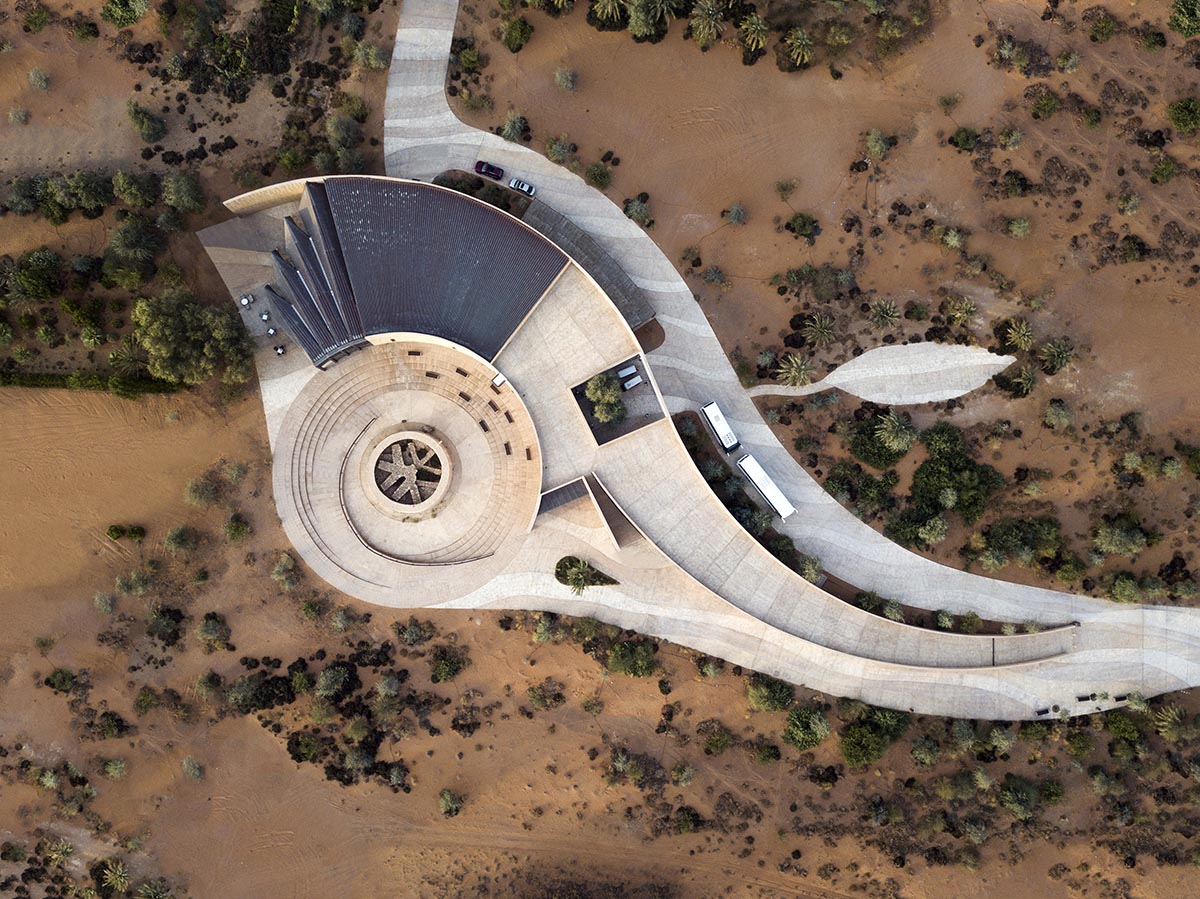
Sumaya Dabbagh, Mleiha Archaeological Center, completed in 2016. Courtesy Dabbagh Architects. Photography by Gerry O’Leary, Rami Mansour
"The exhibition Beyti Beytak demonstrates the commitment of Qatar Museums to amplify the voices of leading modern and contemporary creatives from the Arab world and neighbouring regions. This exhibition not only highlights the profound contributions of MENASA architects to global architecture but also reflects our shared values of hospitality, community, and belonging," said Her Excellency Sheikha Al Mayassa bint Hamad bin Khalifa Al Thani, Commissioner of the Qatar Pavilion and Chairperson of Qatar Museums.
"As we continue to shape a cultural landscape of dialogue and exchange, this exhibition serves as a testament to Qatar’s role in advancing cultural diplomacy and fostering a deeper understanding of our diverse architectural heritage."
Located in the Giardini at the future site of the Qatar Pavilion, Pakistani architect Yasmeen Lari’s Community Centre (2024) exemplifies her model for humanitarian, social, cultural, and architectural development.
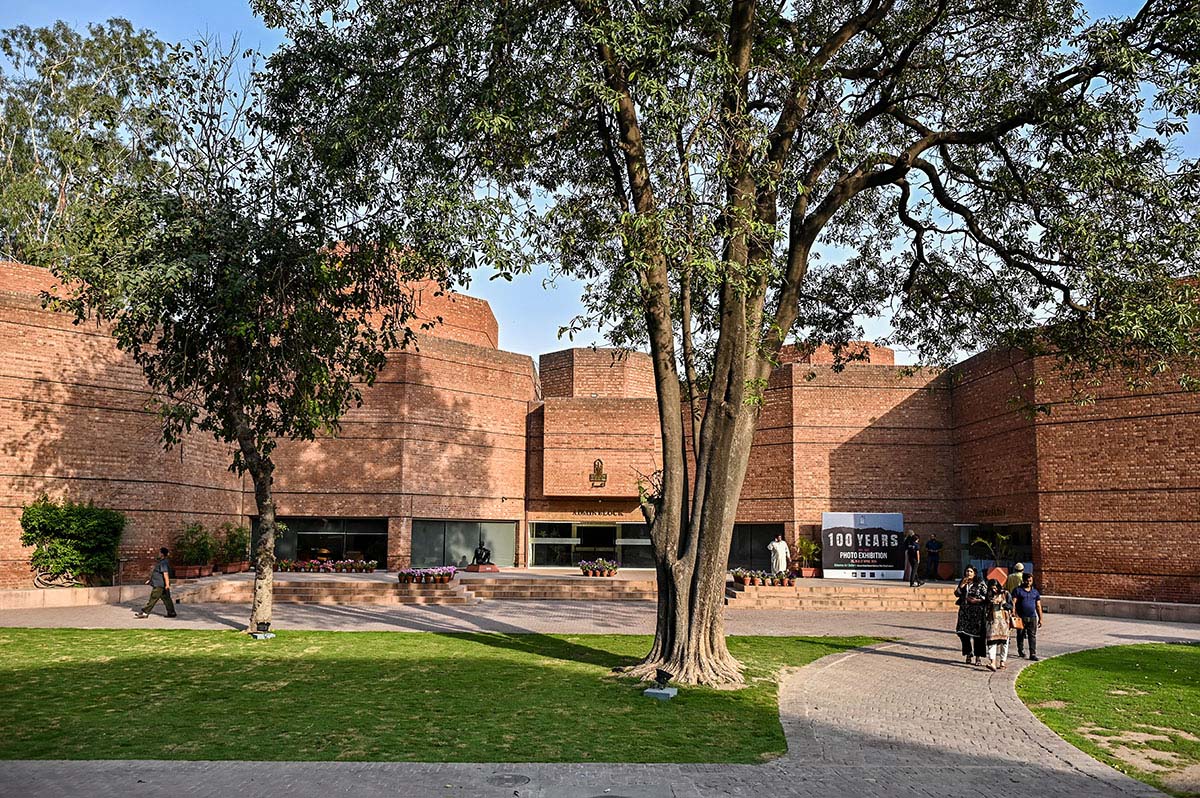
Nayyar Ali Dada, Alhamra Arts Council, Lahore, 1978-1981. Image © Qatar Museums, Noorulain Ali
The architect, who co-founded the Heritage Foundation of Pakistan in 1980, used techniques from relief efforts supported by the organization for this temporary bamboo installation.
The foundation continues in creating shelters and villages for individuals affected by the catastrophic earthquake and ongoing floods in Pakistan. The Community Centre features a perimeter veranda and a dome structure with a waterproof palm frond roof, showcasing the versatility of bamboo, which was used in various structural assemblies to build the entire centre.
During the Venice Architecture Biennale 2025, events at the Community Centre will highlight traditional Qatari methods of hospitality, such as offering coffee and dates.
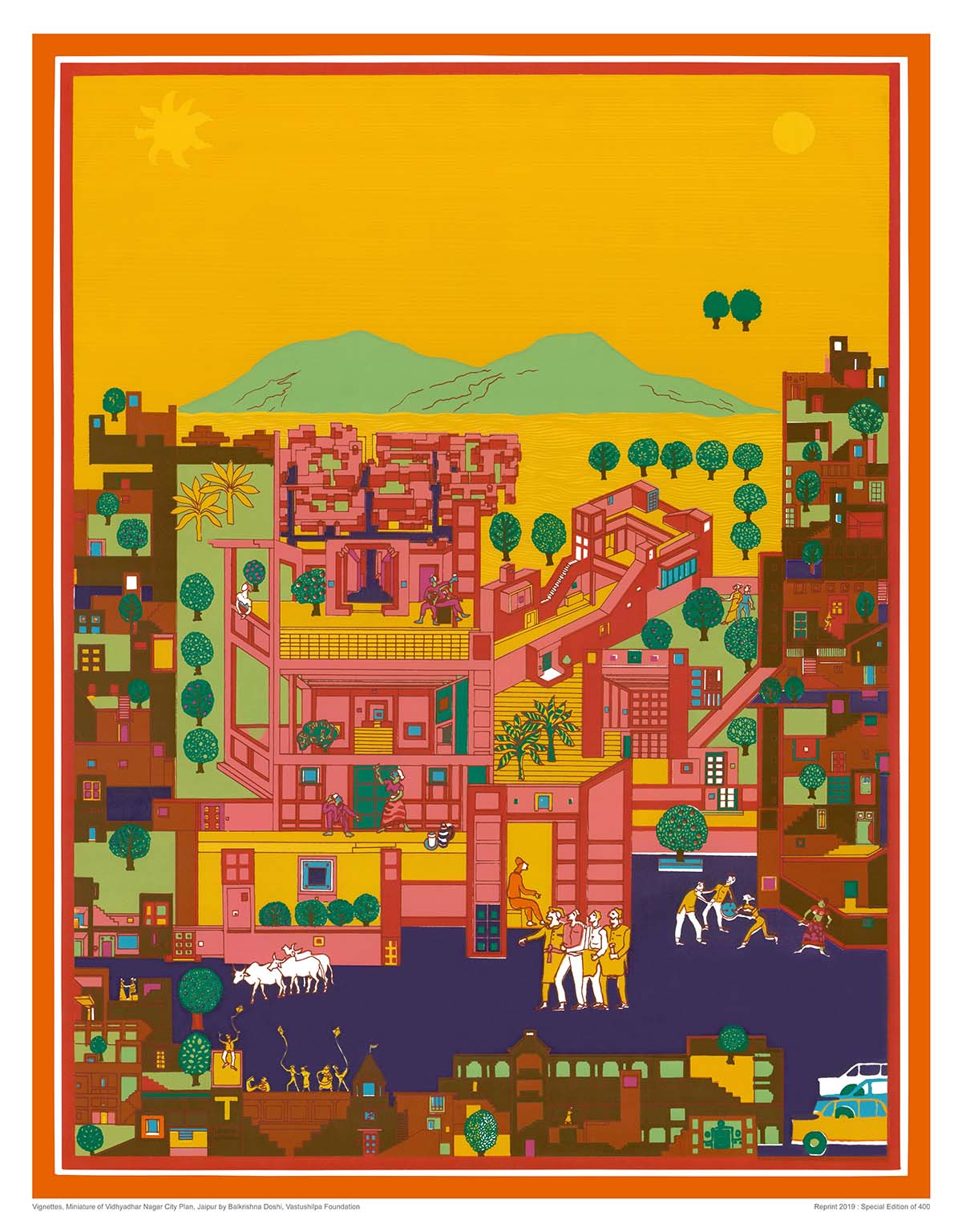
Balkrishna Doshi, Vidhyadhar Nagar Vignette, 1985. Image © Vastu Shilpa. Foundation / Studio Sangath
The exhibition at ACP-Palazzo Franchetti will showcase the work of over 30 architects, including several who have not exhibited in Venice before. The exhibition showcases drawings, photographs, models, and significant archival documentation while examining the work of three generations of architects in the MENASA region.
Beyti Beytak will examine interrelated themes of community and belonging through these materials, structured into sections focused on the reinvention of the oasis, city housing, community centres, mosques, museums, and gardens.
There is a section dedicated to Doha's architecture and urbanism, featuring several restored doors from the old city, aided by the Aga Khan Trust for Culture.
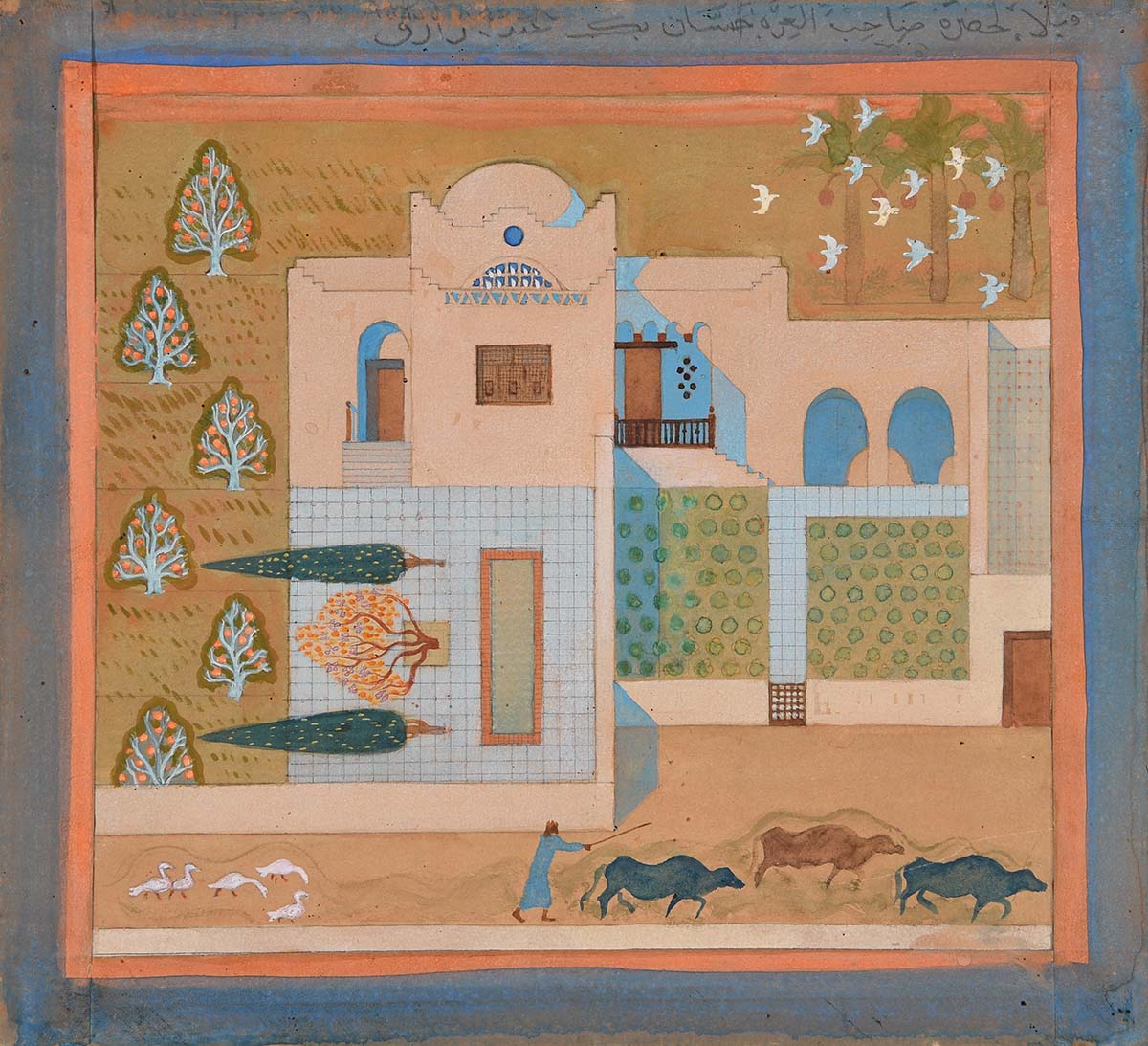
Hassan Fathy, Hamid Seif al-Nasr Rest House, 1944. Image © Rare Books and Special Collections Library, The American University in Cairo
Among the pioneering modern architects represented are Raj Rewal (India), Nayyar Ali Dada (Pakistan), Abdel-Wahed El-Wakil (Egypt), and Minnette de Silva (Sri Lanka).
Their work will be highlighted along with that of a range of contemporary designers and architects, including Marina Tabassum and Nabil Haque (Bangladesh), Sameep Padora and Vāstu Shilpā Sangath (India), DAAZ Studio (Iran), Abeer Seikaly (Jordan), Sumaya Dabbagh (Saudi Arabia), Elizabeth Diller (USA), Dima Srouji (Palestine/UK), Meriem Chabani (Algeria) with New South (France), among others.

Rizvi Hassan, Hindupara Community Centre, Rohingya, completed in 2019. Courtesy Rizvi Hassan
Beyti Beytak also reflects on the legacy of pioneering Egyptian architect and urbanist Hassan Fathy, whose work promoted social engagement while embracing vernacular forms, techniques, and materials.
Beyti Beytak is curated by Aurélien Lemonier, Art Mill Museum Curator of Architecture, Design, and Gardens, and Sean Anderson, Associate Professor at Cornell University, assisted by Virgile Alexandre.
The exhibition is designed by the architectural duo Cookies, Federico Martelli and Clément Périssé.
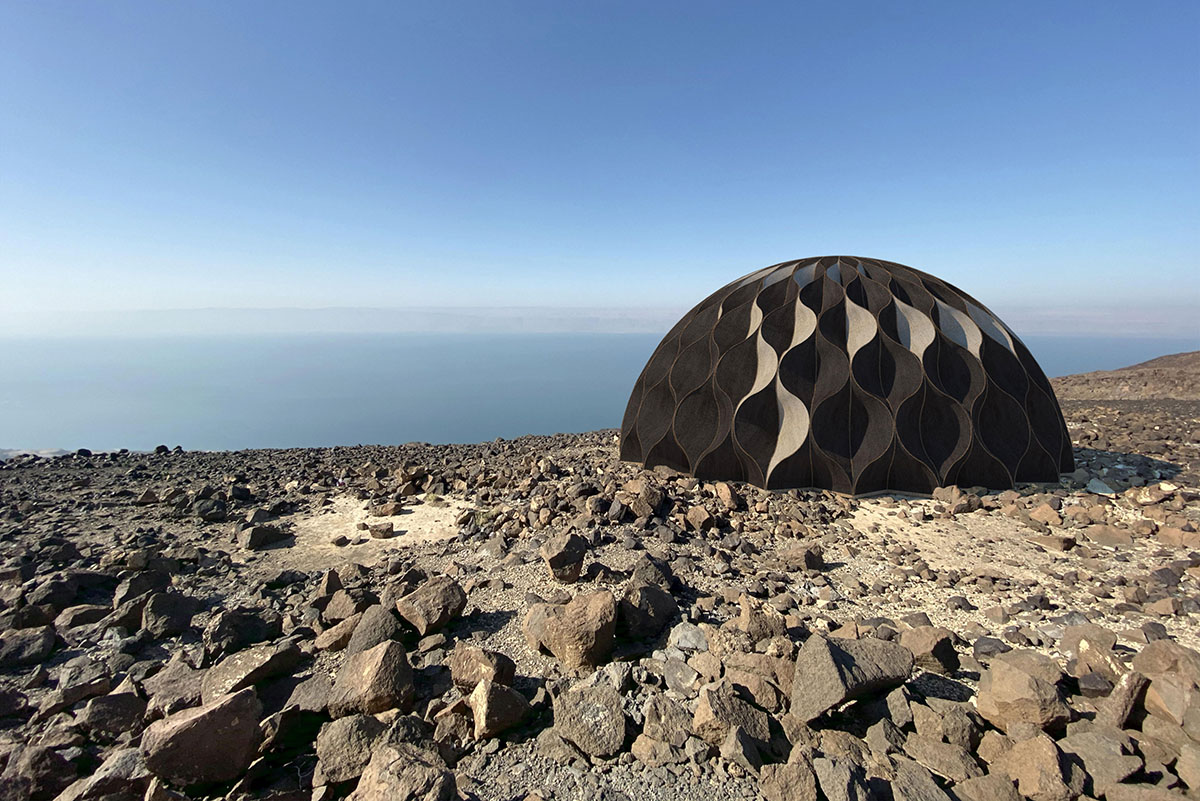
Abeer Seikaly, Weaving a Home, Tent Al-Namara overlooking the Dead Sea, Jordan, 2020. Image © Abeer Seikaly
"Conceived as a multidisciplinary institution devoted to art in all forms since 1850, the future Art Mill Museum will include architecture, design, and landscape architecture as core elements of its collections and programmes," said Aurélien Lemonier.
"Beyti Beytak is a testament to the richness of the MENASA region's architectural heritage and highlights the diversity and creativity of designers and architects from the Arab world and the Global South," Lemonier added.
"Community and belonging are expressions that inform hospitality throughout the world today. As we witness the planet's transformations, mirrored by technology’s drive toward a more collective yet divided future, Beyti Beytak responds to how architects and designers have imagined how we gather, where we reflect, and what we feel with and for each other," said Sean Anderson.
Rizvi Hassan, Hindupara Community Centre, Rohingya, completed in 2019. Courtesy Rizvi Hassan
With installations that create new viewing experiences at various scales mirroring the creative process of the architectural works on display, the exhibition's design complements the spirit of Palazzo Franchetti.
Structures designed specifically for this purpose will allow the exhibition to connect with the Palazzo's historical architecture and to showcase the architects' works and their projects in dynamic, interactive ways.
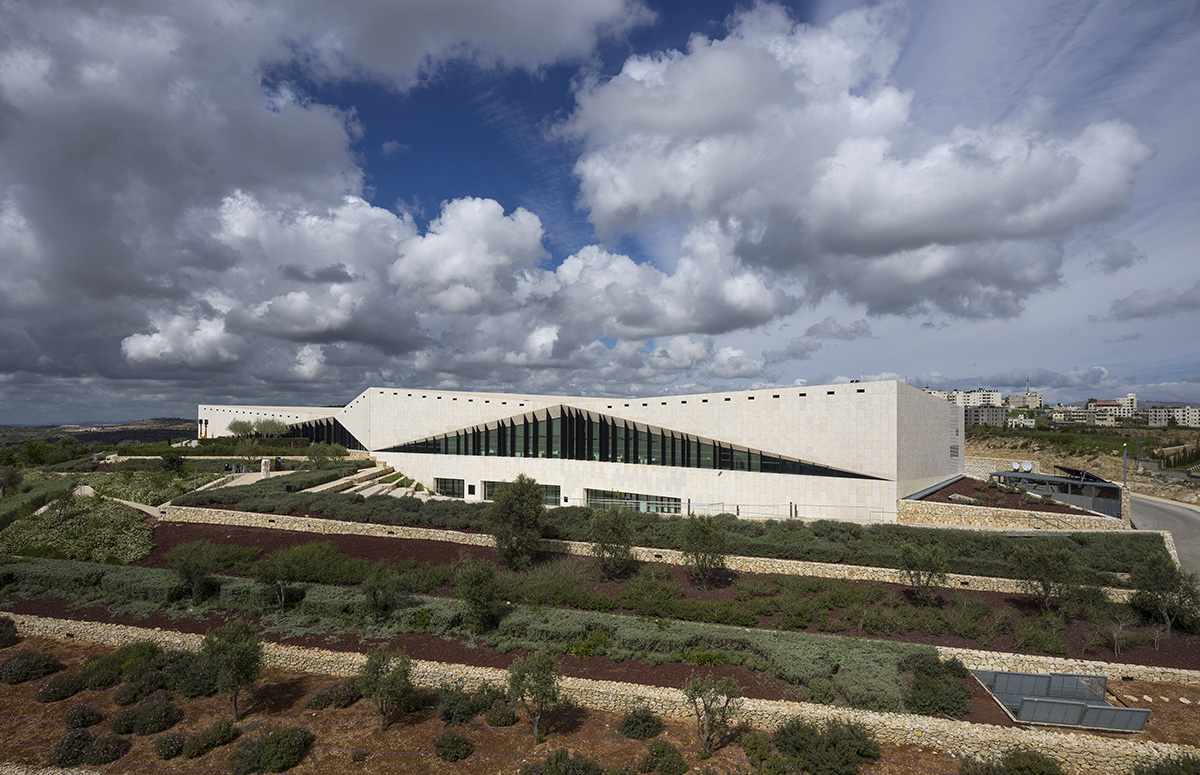
Heneghan Peng Architects, Palestinian Museum, completed in 2016. Image © Aga Khan Trust for Culture. Photography by Cemal Emden
The Community Centre (2024) by Yasmeen Lari was commissioned by the forthcoming Art Mill Museum and has recently been installed at the National Museum of Qatar as part of the significant exhibition MANZAR: Art and Architecture from Pakistan 1940s to Today. Catherine Grenier, Ibrahim Jaidah, Yasmeen Lari, Hafid Rakem, and Raj Rewal make up the Beyti Beytak scientific committee.
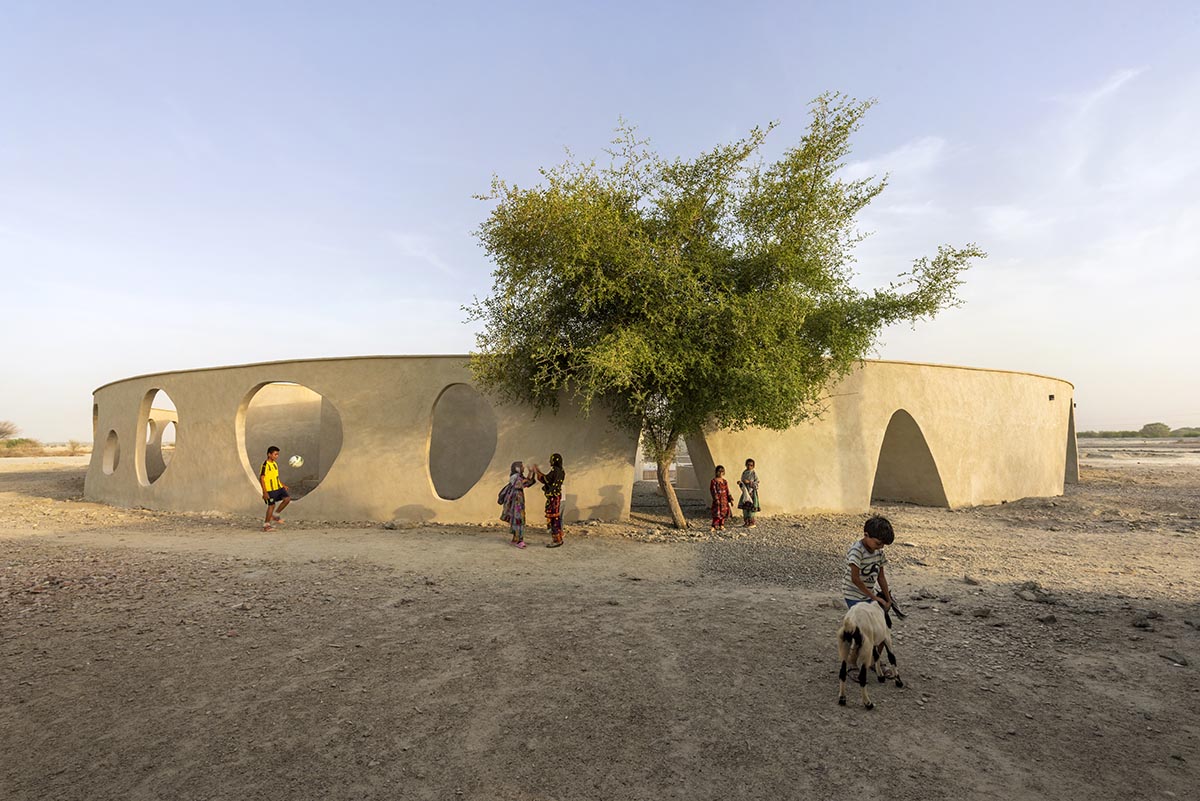
DAAZ Office, Jadgal Elementary School, 2017–2020. Courtesy DAAZ. Photography by Deed Studio
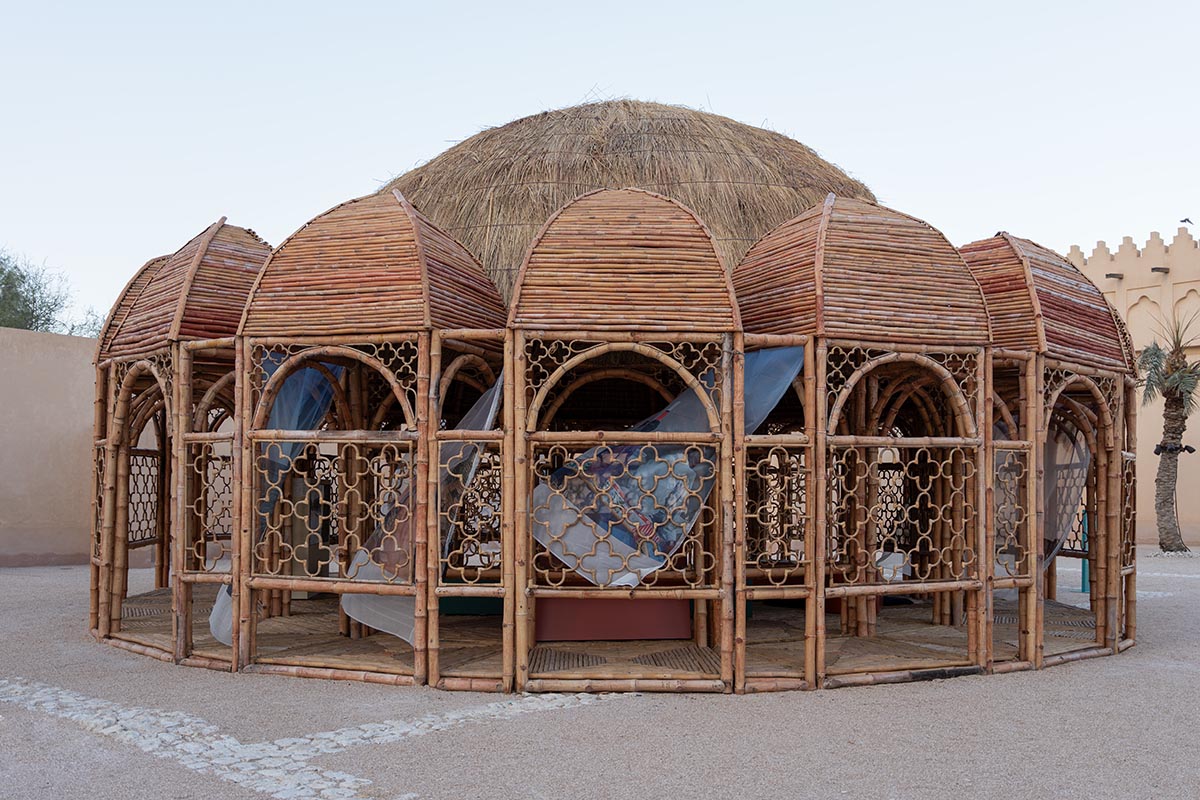
Yasmeen Lari, Community Centre, Doha, 2024. Image © Qatar Museums
Information regarding the construction of the permanent Qatar Pavilion in the Giardini della Biennale, including details about the architect and project timeline, will be announced at a later date.

Ajmal Maiwandi, Chihilston Garden and Palace Rehabilitation, Kabul, 2015–2018. Photography by Simon Norfolk

Ahmed Hossam Saafan, Dawar El Ezba Cultural Center, Cairo, completed in 2019. Image © Ahmed Hossam Saafan
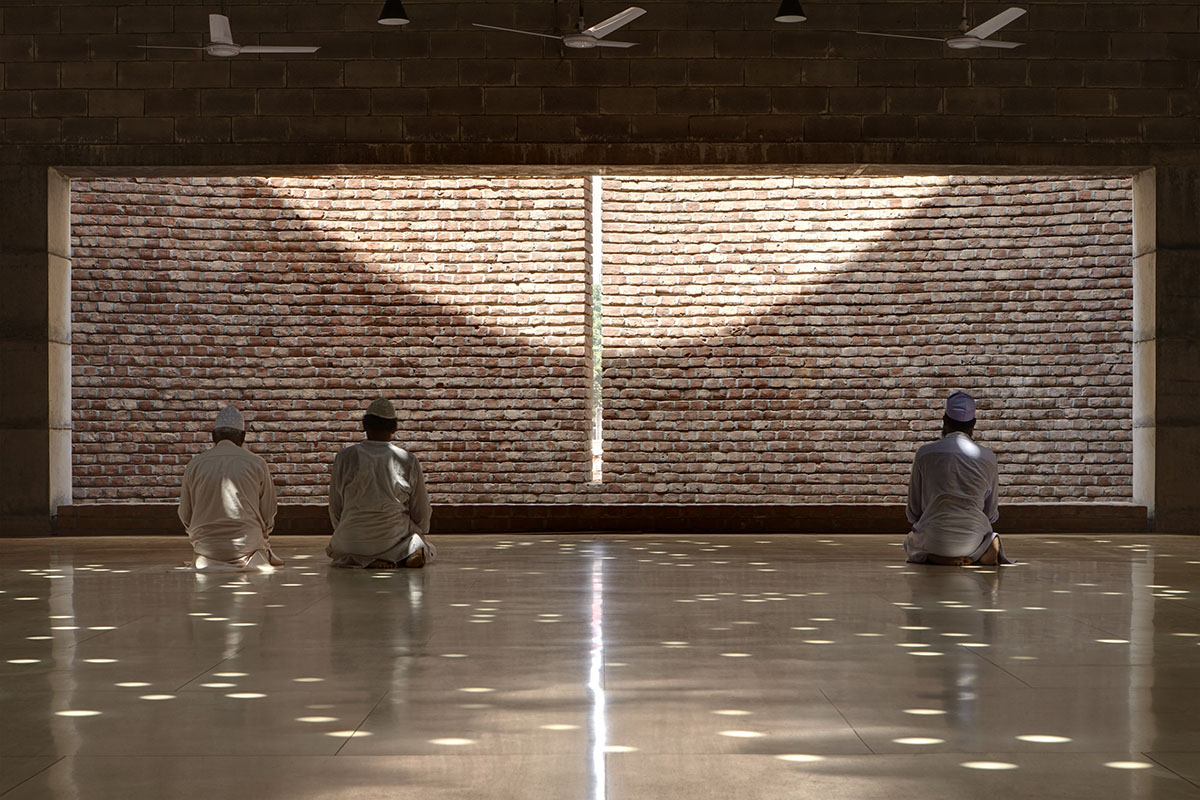
Marina Tabassum, Bait Ur Rouf Mosque, Dhaka, completed in 2012. Image © Rajesh Vora
Besides Qatar's contribution, other contributions at the Venice Architecture Biennale include the Bulgarian Pavilion's Pseudonature exhibition, Romanian Pavilion's Human Scale exhibition, the Luxembourg Pavilion's Sonic Investigations exhibition, the Albanian Pavilion's "Building Architecture Culture" exhibition, the Turkey Pavilion's "Grounded" exhibition, the Pavilion of the United Arab Emirates's Pressure Cooker exhibition, the Finland Pavilion's The Pavilion – Architecture of Stewardship exhibition.
Find out all exhibition news on WAC's Venice Architecture Biennale page.
Participating Architects
AAU ANASTAS (France, Palestine)
Geoffrey Bawa (Sri Lanka)
Meriem Chabani (Algeria)
Rifat Chadirji (Iraq)
Aziza Chaouni (Morocco)
DAAZ Studio (Iran)
Minnette de Silva (Sri Lanka)
Sumaya Dabbagh (Saudi Arabia)
Nayyar Ali Dada (Pakistan)
Michel Desvigne (France)
Elizabeth Diller (USA)
Michel Écochard (France)
Abdel-Wahed El-Wakil (Egypt)
Hassan Fathy (Egypt)
Nabil Haque (Bangladesh)
Rizvi Hassan & Khwaja Fatmi (Bangladesh)
Róisín Heneghan and Shih-Fu Peng (Ireland; Germany)
Ibrahim Jaidah (Qatar)
Sumedha Kelegama, Irushi Tennekoon, Sumudu Athukorala (Sri Lanka)
Yasmeen Lari/Heritage Foundation of Pakistan (Pakistan)
New South (Meriem Chabani) & sOne (France)
Office for Metropolitan Architecture (Netherlands)
Sameep Padora [sP+A] (India)
André Ravéreau (France)
Raj Rewal (India)
Abeer Seikaly (Jordan)
Ahmed Hossam Saafan (Egypt)
Vāstu Shilpā Foundation (India)
Dima Srouji (Palestine, United Kingdom)
Marina Tabassum (Bangladesh)
Jean-François Zevaco (Morocco)
Ola Saad Znad (Iraq)
The top image in the article: Abeer Seikaly, Weaving a Home, Tent Al-Namara overlooking the Dead Sea, Jordan, 2020. Image © Abeer Seikaly.
> via Qatar Museums
